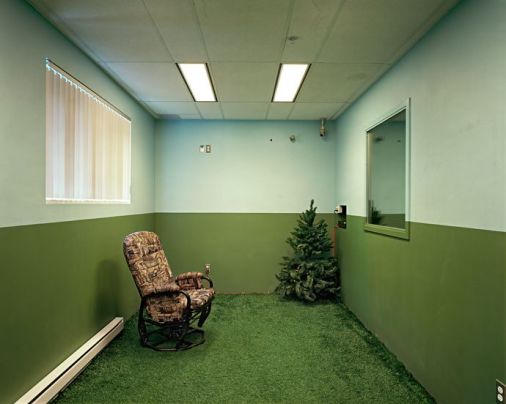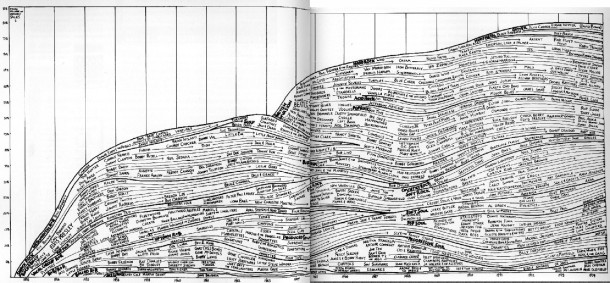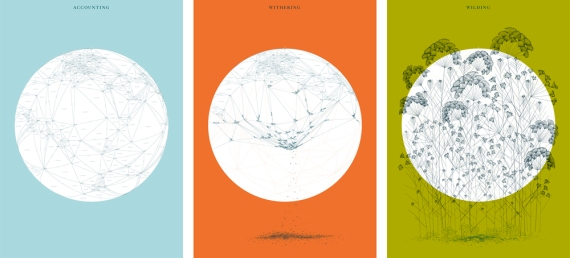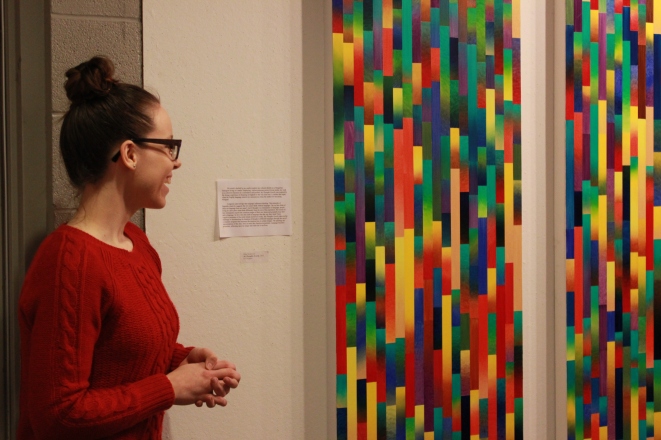Tags
archive, archive fever!, art, Canadian Clay and Glass Gallery, Chrystal Mowry, creative, Data, Essay, Exhibition, George Dyson, installation, Krista Blake, Lucien Hardy, Michel Foucault, paradox, Participatory Art, Pascal Dufaux, physics, quantum physics, quantum theory, Schrodinger's Cat, storage, Video Art
Last week I finally made it to Archive Fever! at the Canadian Clay and Glass Gallery. It’s a rather unconventional exhibition, set up more like an archival library where you sign out boxes filled with things by some of today’s most innovative and creative thinkers. The experience is quite fun, you get to wear archival gloves to take out and examine the contents of the boxes. I could have spend hours looking at all the different boxes, but sadly I only had two. Nonetheless, I got to look at some pretty interesting stuff and it got me thinking about PARADOXES. The short essay below sums up my conclusions about paradoxes with regards to archiving.
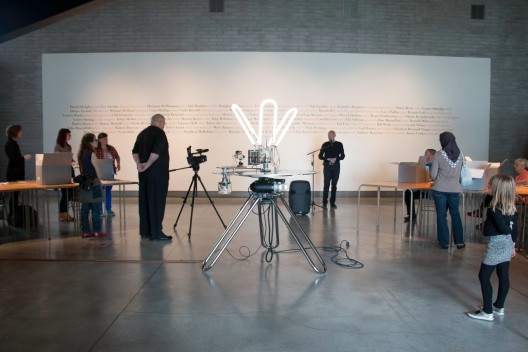
An Investigation of the Inherent Paradox in Archiving
When we hear the word ‘archive’ we might think of boxes of lifeless records in a dark room. They are, however, much more than that, encompassing almost all aspects of our lives. Dating back to the cave paintings of Neanderthals, humans have always had a strong urge to store information for numerous reasons such as remembering the past, understanding and applying knowledge, and to create a better future. Whether it is probes discovering, measuring, and storing data about distant areas of space, or a teenager writing a blog and taking ‘selfies’, archiving is part of our daily lives. Archive Fever!, an exhibition curated by Krista Blake, embodies this diversity in archiving and creates an ethereal environment by revealing its inherent recursive and paradoxical aspects. Paradoxes are contradictory statements that are based on sound premises, possessing the quality to fascinate by igniting discussion and critical thinking. Archive Fever! subtly presents such paradoxes about the concept of archiving itself. The exhibition is set up as an archival library where visitors are invited to ‘check out’ boxes by contemporary creative thinkers: scientists, writers, artists, and musicians, and discover something new, undoubtedly leaving them with more questions each time.
Hinting at the paradoxical nature of archiving, George Dyson and Crystal Mowry have created boxes whose contents are self-referential. A seemingly empty book from the 19th century titled The Register of Unclaimed Goods inhabits Dyson’s box. However, it contains a single entry on page 101, referring back to itself, creating a perplexing self-referential cycle in which The Register of Unclaimed Goods is registered as an unclaimed good. Moreover, Crystal Mowry’s box containing embossed pages further reinforces the concept of the self-referential. The text reads: “What comes next is better than what came before”, suggesting that next page is better, presenting a paradox as all the pages are exactly the same. We store information party because we want to learn from our experiences and create a better future. However, Mowry’s paradox suggests that while we judge our past harshly and predict a better future, the distinction between the two is small or even non-existent. The pages become archives of the past as we read them, filling us with hopes of a better future that never comes.
The concept of paradoxical archiving is further reinforced by quantum physics principles found in theoretical physicist Lucien Hardy’s box. Within the box there are eight smaller boxes demonstrating complex quantum theories using simple analogies with cats, dogs, and balls. A central idea of quantum theory is that matter exists simultaneously in all of its possible states, but once it is observed, it exists only in its measured form. Hardy illustrates this through the box holding Schrödinger’s Cat, suggesting that until you open the box to see if the cat is dead or alive, the cat is simultaneously dead and alive. This phenomenon called quantum superposition seems impossible, but according to quantum theory this happens at atomic and subatomic levels. It is almost like all the archival boxes in the exhibition exist in their quantum superposition as they encompass all that is possible, possessing a sense of mystery about what they might contain. Choosing an archive is accompanied by anticipation for not one thing but rather the possibilities of anything. It is the act of opening the box and observing the contents that solidifies them.
Moreover, the work of Pascal Dufaux further embodies the concept of recursive archiving. Dufaux’s rotating camera in the center of the gallery also toys with the idea of self-referential archiving. The display is delayed by 45 seconds, creating the illusion of a parallel reality shifted in time. It functions as a heterotopia, as defined by Michel Foucault; a slice or accumulation of time both fleeting and permanent, something that exists in our reality but at the same time encompassing another world. The work also speaks to the absurdity of our attempt to document all aspects of life. The camera rotates on two axis, resulting in the recording of itself in a concave mirror while also catching glimpses of the space behind. A phenomenon inherent to archives as they reflect back upon themselves while possessing clues about the past in anticipation for the future.
All in all, George Dyson’s antique registry, Crystal Mowry’s self-referential pages, Lucien Hardy’s quantum theoretical analogies, and Pascal Dufaux’s device shifting the dimension of time all approach the concept of archiving from different angles while also embodying a riveting fundamental truth in archiving: looking to the past and the future simultaneously. Archives are mirrors of the past and the future concurrently coexisting in time and space.
